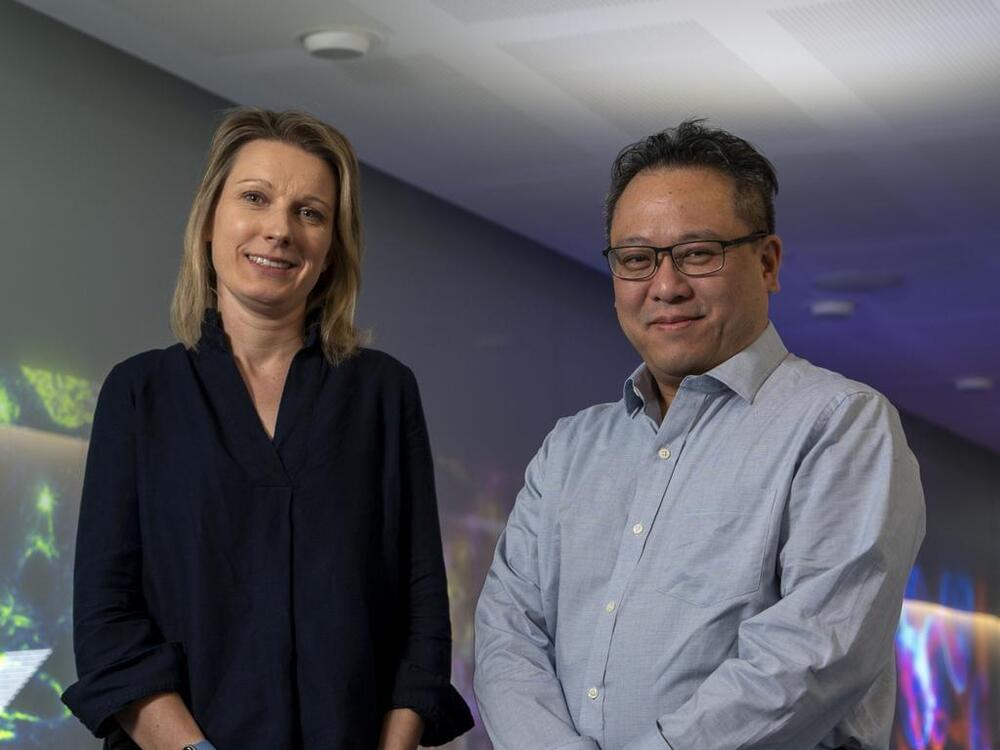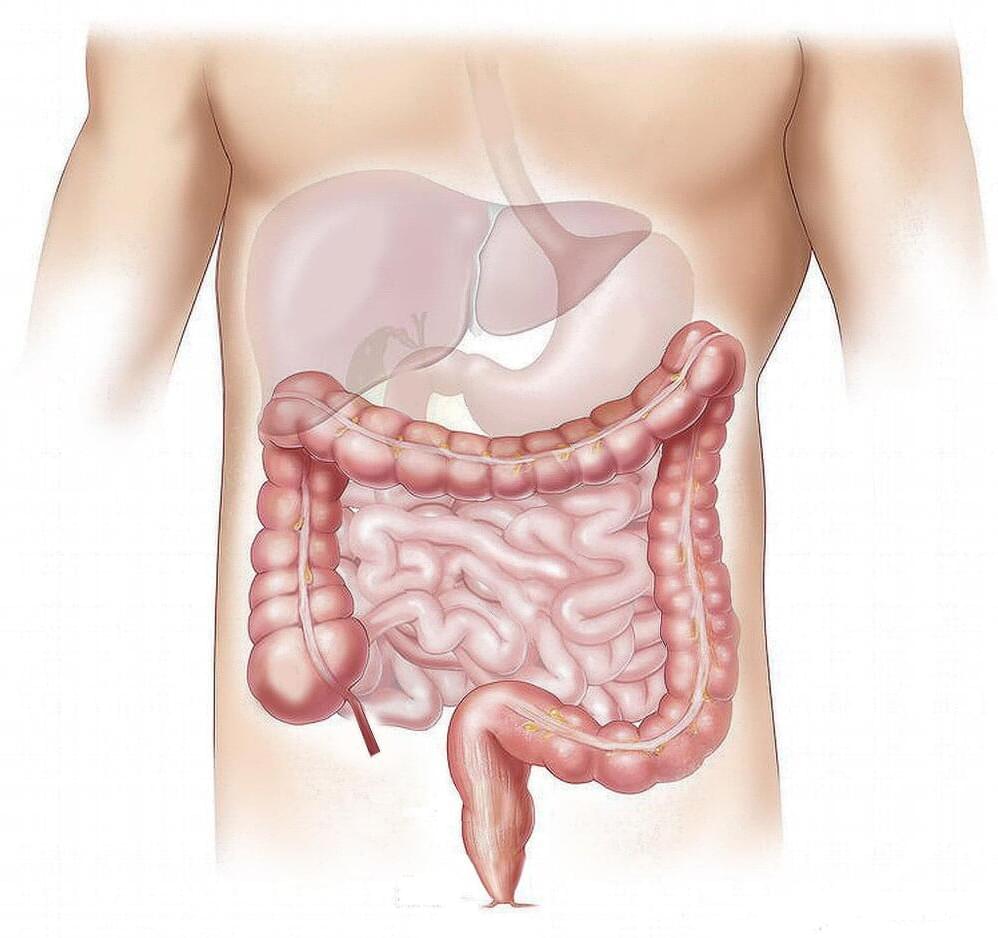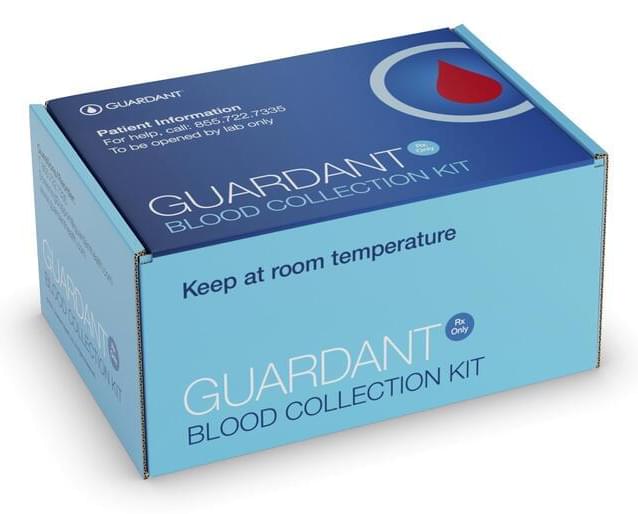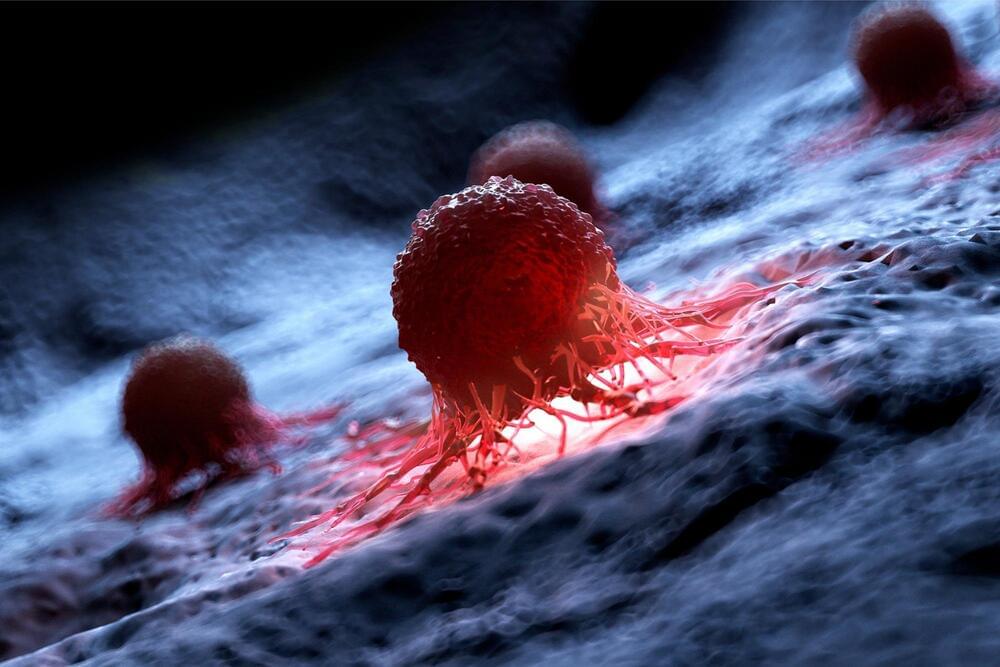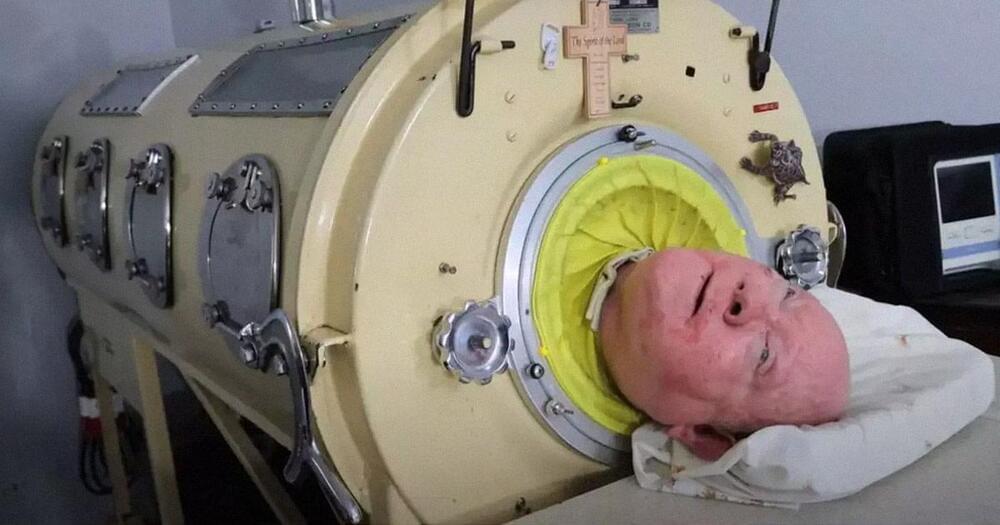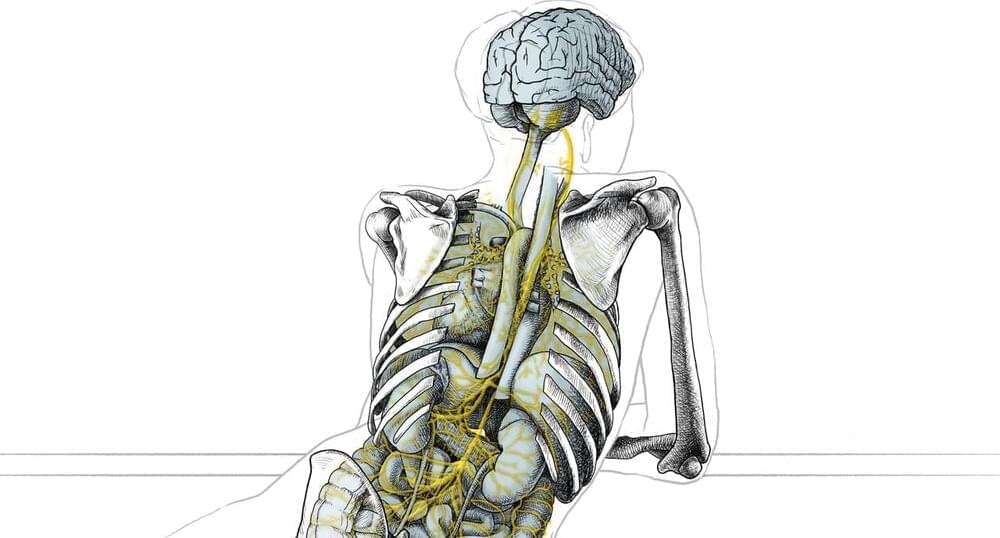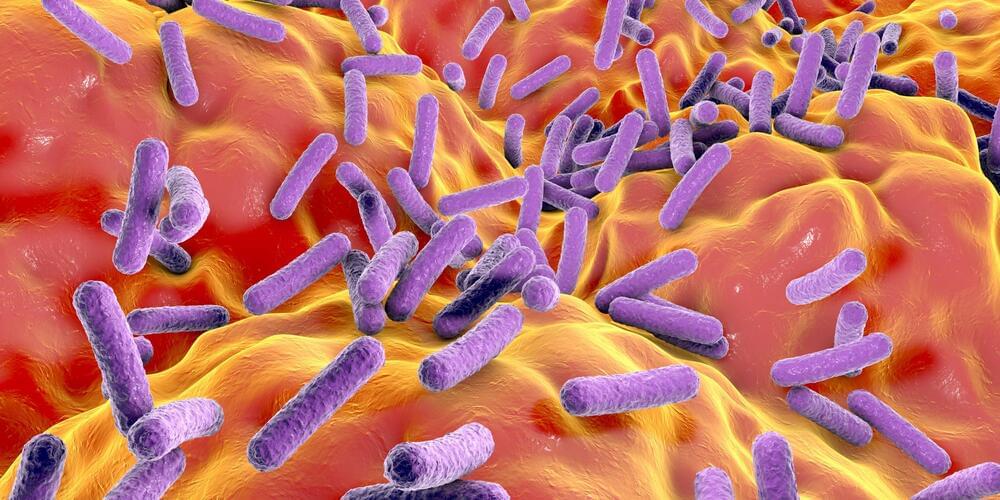After a decade of investigation, Melbourne researchers have made a discovery that will lead to new ways to treat an aggressive blood cancer ].
Category: biotech/medical – Page 491
A study of more than 21,000 average risk patients at 186 sites across the U.S., led by Regenstrief Institute and Indiana University School of Medicine research scientist Thomas Imperiale, M.D., has found that the next-generation multi-target stool DNA colorectal cancer screening test detects 94% of colorectal cancers. This test has the best performance for detection of both colorectal cancer and advanced precancerous polyps of any noninvasive colorectal cancer screening test.
The study results are published in the New England Journal of Medicine.
“We found that the next-generation stool DNA test had a good balance of sensitivity—detecting disease—and specificity—low false positive results. Compared to the fecal immunochemical test (FIT), the next gen test had superior sensitivity for both colorectal cancer and advanced pre-cancerous polys, especially the subgroup of advanced polyps containing high grade dysplasia,” said Dr. Imperiale, first author of the study.
A blood test for colon cancer performed well in a study published Wednesday, offering a new kind of screening for a leading cause of cancer deaths.
The test looks for DNA fragments shed by tumor cells and precancerous growths. It’s already for sale in the U.S. for $895, but has not been approved by the Food and Drug Administration and most insurers do not cover it. The maker of the test, Guardant Health, anticipates an FDA decision this year.
In the study, the test caught 83% of the cancers but very few of the precancerous growths found by colonoscopy, the gold standard for colon cancer screening. Besides spotting tumors, colonoscopies can prevent the disease by removing precancerous growths called polyps.
A newly developed “GPS nanoparticle” injected intravenously can home in on cancer cells to deliver a genetic punch to the protein implicated in tumor growth and spread, according to researchers from Penn State. They tested their approach in human cell lines and in mice to effectively knock down a cancer-causing gene, reporting that the technique may potentially offer a more precise and effective treatment for notoriously hard-to-treat basal-like breast cancers.
To combine two low-energy photons into one high-energy photon efficiently, the energy must be able to hop freely, but not too quickly, between randomly oriented molecules of a solid. This Kobe University discovery provides a much-needed design guideline for developing materials for more efficient PV cells, displays, or even anti-cancer therapies.
Light of different colors has different energies and is therefore useful for very different things. For the development of more efficient PV cells, OLED displays, or anti-cancer therapies, it is desirable to be able to upcycle two low-energy photons into a high-energy photon, and many researchers worldwide are working on materials for this up-conversion.
During this process, light is absorbed by the material, and its energy is handed around among the material’s molecules as a so-called “triplet exciton.” However, it was unclear what allows two triplet excitons to efficiently combine their energies into a different excited state of a single molecule that then emits a high-energy photon, and this knowledge gap has been a serious bottleneck in the development of such materials.
Researchers have found a way to stop active cancer cells in their tracks – meaning they can then be eliminated by new drug treatments.
A collaborative research project between the University of Dundee’s Drug Discovery Unit (DDU) and Queen Mary University of London, has identified chemical compounds, called tool molecules, that can halt active cancer cells.
A 78-year-old man who had been living inside an iron lung since surviving polio in the 1950s has passed away.
As CBS News reports, Paul “Polio Paul” Alexander garnered a huge following on social media, getting millions of views on TikTok as he answered questions about his unusual life.
The medical device didn’t stop Alexander from becoming a lawyer and opening his own successful practice. He also published a book about his life.
Scientists are unraveling how our organs talk to the brain—and how the brain talks back.
🧠 Learn more during.
Studies of interoception challenge distinctions between disorders of the brain and body—and may hold clues to the basis of consciousness.
ABOVE: Blackiston and his colleagues dovetailed biology and robotics to generate biobots derived from frog stem cells. These biobots can move due to cilia, small hairlike structures that cover their surfaces. Douglas Blackiston and Sam Kriegman, licensed under CC BY 4.0.
Douglas Blackiston, a developmental biologist at Tufts University, has always been fascinated by transformation. Using uncommon model organisms, from caterpillars and butterflies to tadpoles and frogs, he investigates how biology is adaptive. In one of his favorite projects, Blackiston transplanted eyes into the tails of blind tadpoles, restoring their vision in a striking display of tissue plasticity. This led him to an unusual spin-off project, where his work in biology dovetailed with robotics. In this work, Blackiston and his colleagues repurposed frog stem cells into programmable synthetic organisms to explore the design space of cells and their interactions.
Researchers from Skaggs School of Pharmacy and Pharmaceutical Sciences at the University of California (UC) San Diego have discovered thousands of previously unknown bile acids, a type of molecule used by our gut microbiome to communicate with the rest of the body. The findings can build a better understanding of our gut microbiome and may lead to the development of therapeutics for diseases that are related to the gut microbiome such as type 2 diabetes, intestinal bowel diseases, and more.
The findings are published in Cell in an article titled, “The underappreciated diversity of bile acid modifications.”
“The repertoire of modifications to bile acids and related steroidal lipids by host and microbial metabolism remains incompletely characterized,” the researchers wrote. “To address this knowledge gap, we created a reusable resource of tandem mass spectrometry (MS/MS) spectra by filtering 1.2 billion publicly available MS/MS spectra for bile-acid-selective ion patterns.”
